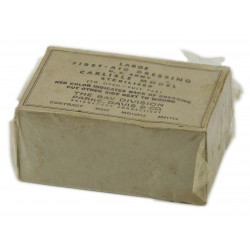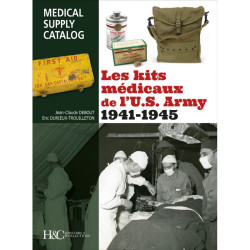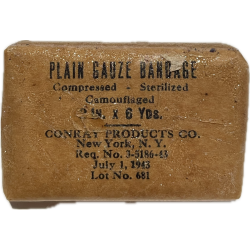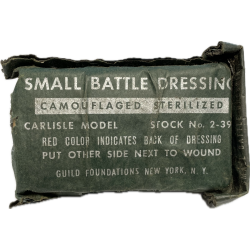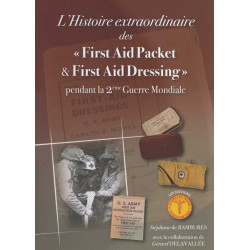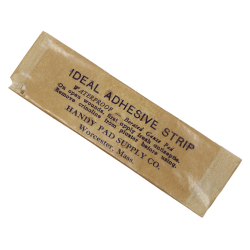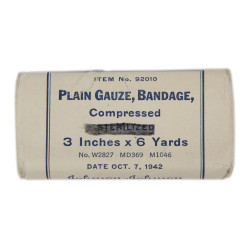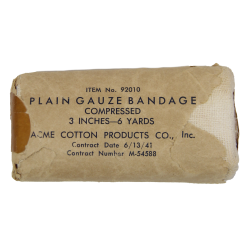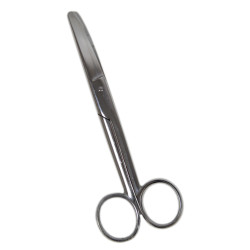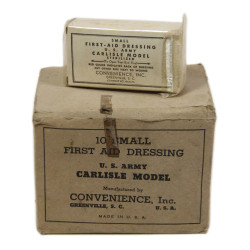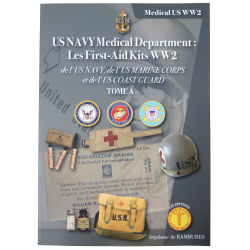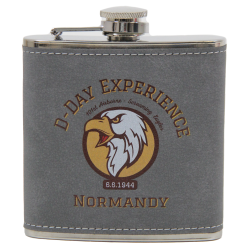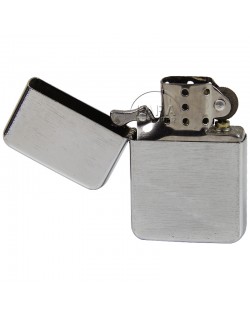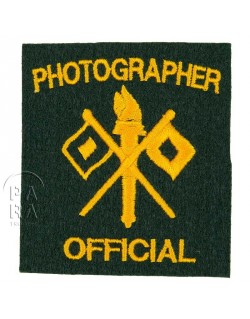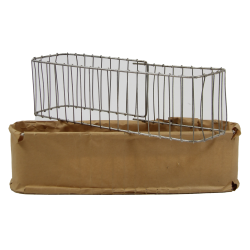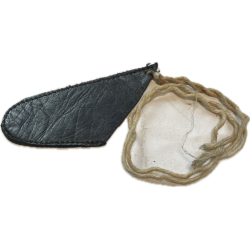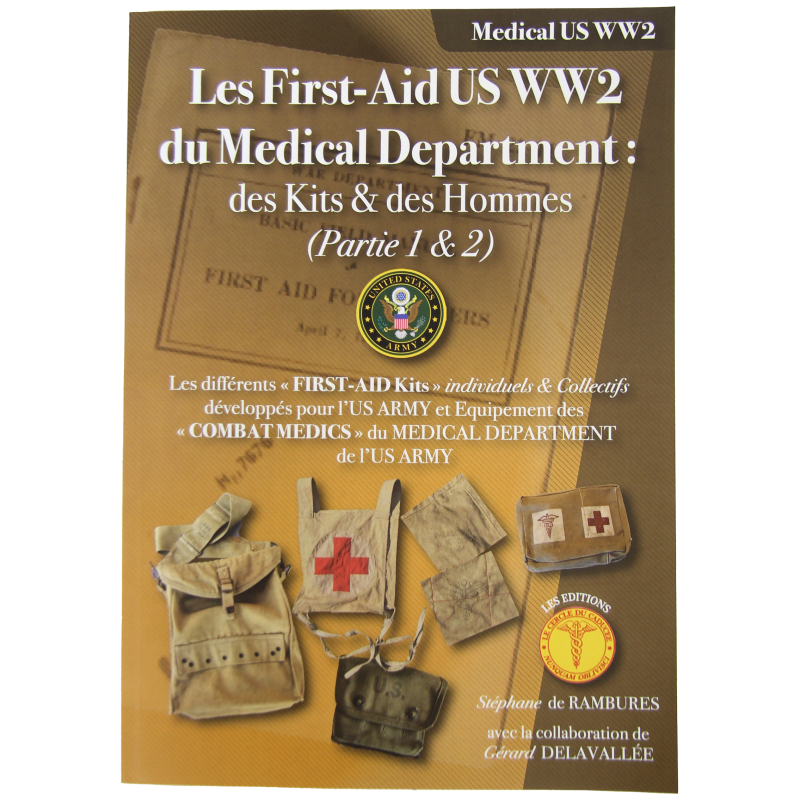





US WW2 First-Aids of the Medical Department: Kits & Men (Part 1 & 2)
At the start of the conflict in Europe in 1939, which was to drag the whole world into the war, the USA was unprepared and maintained a certain neutrality to allow it to prepare for war. The first First-Aid kits used by the US Army were supplied by the civilian market. The reorganization of the MEDICAL DEPARTMENT in 1941 enabled the Medical Department Equipment Laboratory at Carlisle Barracks in Pennsylvania to develop several First-Aid kits for the US Army. They appeared in the first US Army Medical Department catalog of 1941.
With over 28 models in 1942, these First-Aid kits enabled every soldier to have access to first-aid treatment, thanks to individual First-Aid kits carried directly with their equipment, as well as collective First-Aid kits available in vehicles, aircraft, tanks, etc., if medical needs required more specialized kits. The provision of these First-Aid kits was complemented by the formidable action of the “COMBAT MEDICS”, these nurses and doctors trained to provide first aid and care on a battlefield, bringing in the wounded, giving them treatment in aid stations and mobile hospitals, stabilizing them and moving them to general hospitals in the rear.
With almost 1,000 referenced photos of medical equipment used in First-Aid kits and Combat Medics' equipment, this book presents the first level of medical care for wounded soldiers in the field. A true reference tool, this book will also help you create or complete your collection, as well as define the interest and rarity of the items you own.
260 pages, English version.
Product Details
Customer reviews
-
Livres 1 & 2 + 3 & 4 - surtout avis négatif sur toute la la ligne concernant la première partie ! Je parle des livres + 2 auteurs ! Textes français abominables, fautes, style, grammaire, et pareil pour la nomenclature US - de plus, les auteurs ont repris des textes + nombre incroyable de photos du site www.med-dept.com sans aucun scrupule ! www.med-dept.com sans se priver - aucun scrupule !
-
Très bien.
-
A+++, Wel wrapped, fast shipping, nice book








